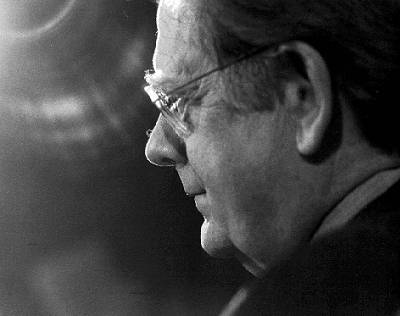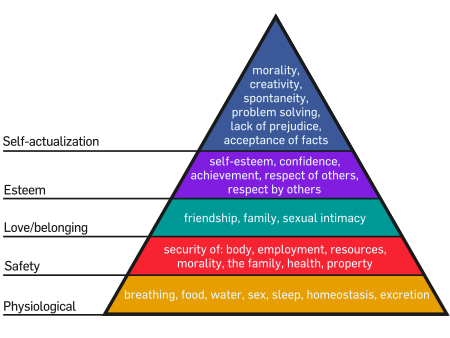
The following is the final interview with Northrop Frye, by Peter Yan, one of our regular bloggers and then a reporter for The Varsity. The interview is introduced by Peter’s commentary:
Anyone with a surname spelled like mine is used to being last. Of course, I never expected to conduct what would turn out to be the last interview with Frye. His secretary, Jane Widdicombe, at the time said he was sick and had interview requests the “length of my arm”. Widdicombe said she would ask but not to expect anything.
Despite his ill-health, Frye acceded to my request because I was writing for students and a lay public, his favourite audience. On the day of the interview, I recall knocking on his office door with trepidation, an Evian bottle in hand for him, thinking I am about to interview one of the most brilliant men to ever grace this planet. What if he calls me ‘stupid’? Do I have enough money for the therapy sessions to recover from that?
Frye never called me stupid. But I am sure at least one of my questions irritated him. After the interview, he did pay me the favor of autographing about 10 of his books for me. I remember him adoring the cover of his latest, Myth and Metaphor, which he had not seen yet.
The interview was one of the most nerve wracking of my life, right up there with filing my first income tax return, getting my driver’s license and getting married. I remember his final words to me, raising the Evian bottle to me: “Thanks for the lubrication”.
Yan: I want to talk about education because there is so much teacher-bashing going on right now. You mention that a theory of literature should lead to a theory of education because a theory of literature will tell you indirectly what kind of books to read. In your theory of literature what would be your implied theory of education?
Frye: It’s pretty complicated. I have written several books on the theory of education, what I would consider the fight from the beginning to the end for the central importance of the humanities in education, and within the humanities for the central importance of poetry, going out from poetry to literary prose. So much teaching of English backs into it the wrong way: starting out by trying to write various forms of applied prose and often not getting to poetry at all.
Yan: In your work you often refer to Aristotle’s four causes.* Is there a correspondence between the four causes of literature and education? If the efficient cause is the writer, and the material cause is his life experiences, what are the formal and final causes of literature?
Frye: The formal cause is the shape of the poem he produces and the final cause is the culture to which it contributes.
Yan: Does the writer define that culture and decide what the final cause would be?
Frye: Oh, he doesn’t decide—he inherits it. He has no choice in the matter.
Yan: The writer inherits it from the work of previous poets?
Frye: Just from being what he is: the fact that he is going to write in his own language with the previous poets in that language as his models.
Yan: I was trying to see if there is a link between the causes of literature and the causes of the educational process. What do you think are the four causes in the educational process?
Frye: I don’t know—I suppose the efficient cause of education is teaching, the material cause is the books read and the subjects studied in education, the formal cause would be the educated man, and the final cause is the vision of which education is a part.
Yan: In answer to the critics reading Fearful Symmetry who said they couldn’t tell where you started and ended and where Blake started and ended, you mentioned that was a good thing because when teaching Blake the only person who deserved to be in the room was Blake and the students. Who is in the room or what is happening in the room when you teach the Bible and literature?
Frye: Well, I suppose it is the same general principle. It is the vision which constitutes the Bible which is the one presence in the room. But you put it in orthodox terms by saying only the presence of Jesus Christ is in the room. That suggests a dogmatic approach, an attachment or belief not really relevant. If I’m teaching Blake I don’t necessarily believe in Blake. It’s the same thing here. I wouldn’t want that misunderstanding to crop up. But we’re looking at the same thing: the vision which constitutes the Bible is the presence.

